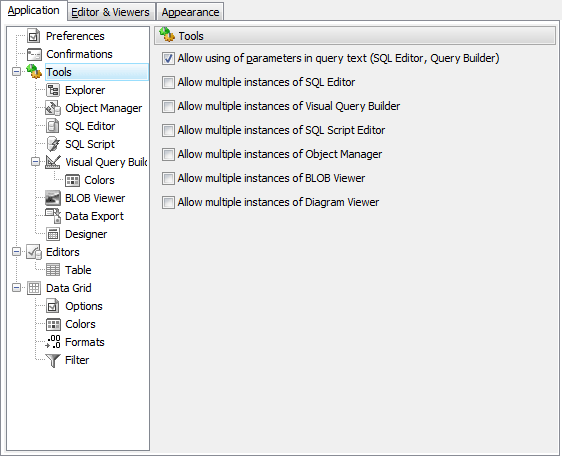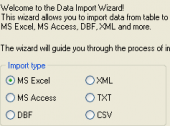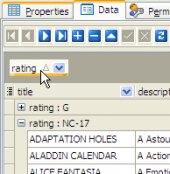AnySQL Maestro online help
| Prev | Return to chapter overview | Next |
Tools
Below you will find a detailed decryption of the following tools options.

 Allow using of parameters in query text
Allow using of parameters in query text
Check this option to be able to use query parameters in SQL Editor and Visual Query Builder.
 Allow multiple instances of SQL Editor
Allow multiple instances of SQL Editor
Check this option to be able to use multiple instances of SQL Editor simultaneously.
 Allow multiple instances of Visual Query Builder
Allow multiple instances of Visual Query Builder
Check this option to be able to use multiple instances of Visual Query Builder simultaneously.
 Allow multiple instances of SQL Script Editor
Allow multiple instances of SQL Script Editor
Check this option to be able to use multiple instances of SQL Script Editor simultaneously.
 Allow multiple instances of Object Manager
Allow multiple instances of Object Manager
Check this option to be able to use multiple instances of Object Manager simultaneously.
 Allow multiple instances of BLOB Viewer
Allow multiple instances of BLOB Viewer
Check this option to be able to use multiple instances of BLOB Viewer simultaneously.
 Allow multiple instances of Diagram Viewer
Allow multiple instances of Diagram Viewer
Check this option to be able to use multiple instances of Diagram Viewer simultaneously.
| Prev | Return to chapter overview | Next |









 Download
Download Buy
Buy
